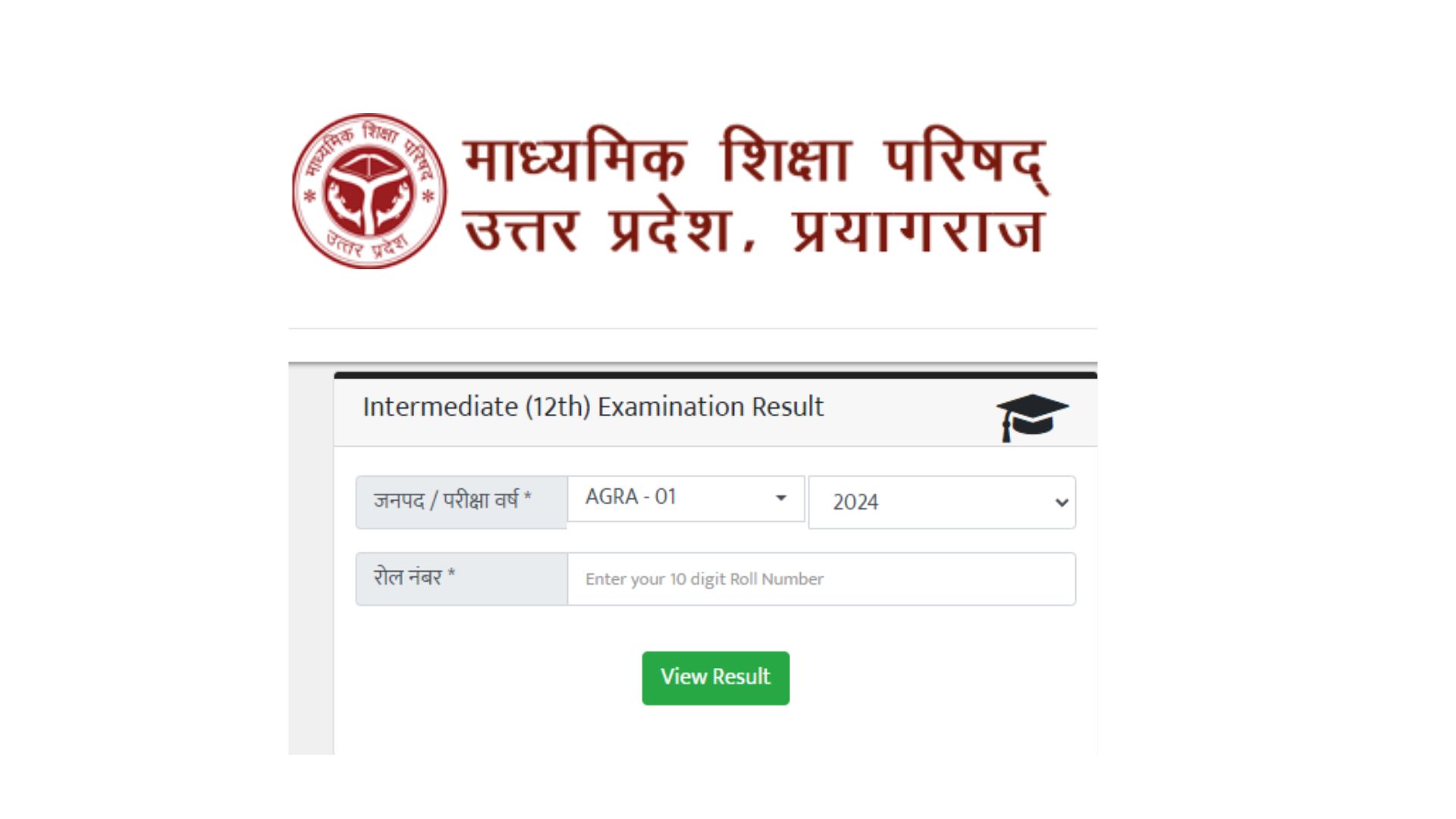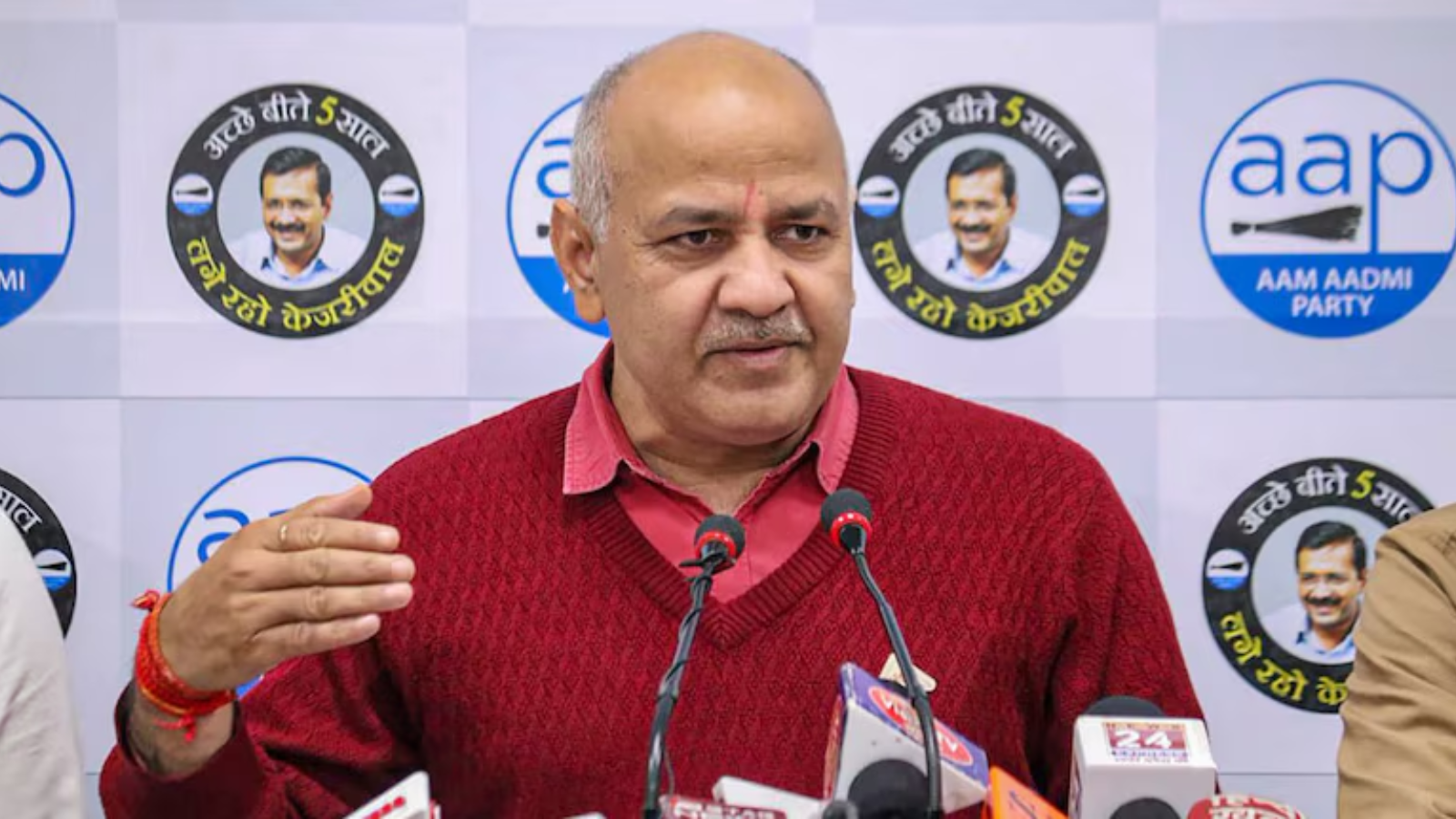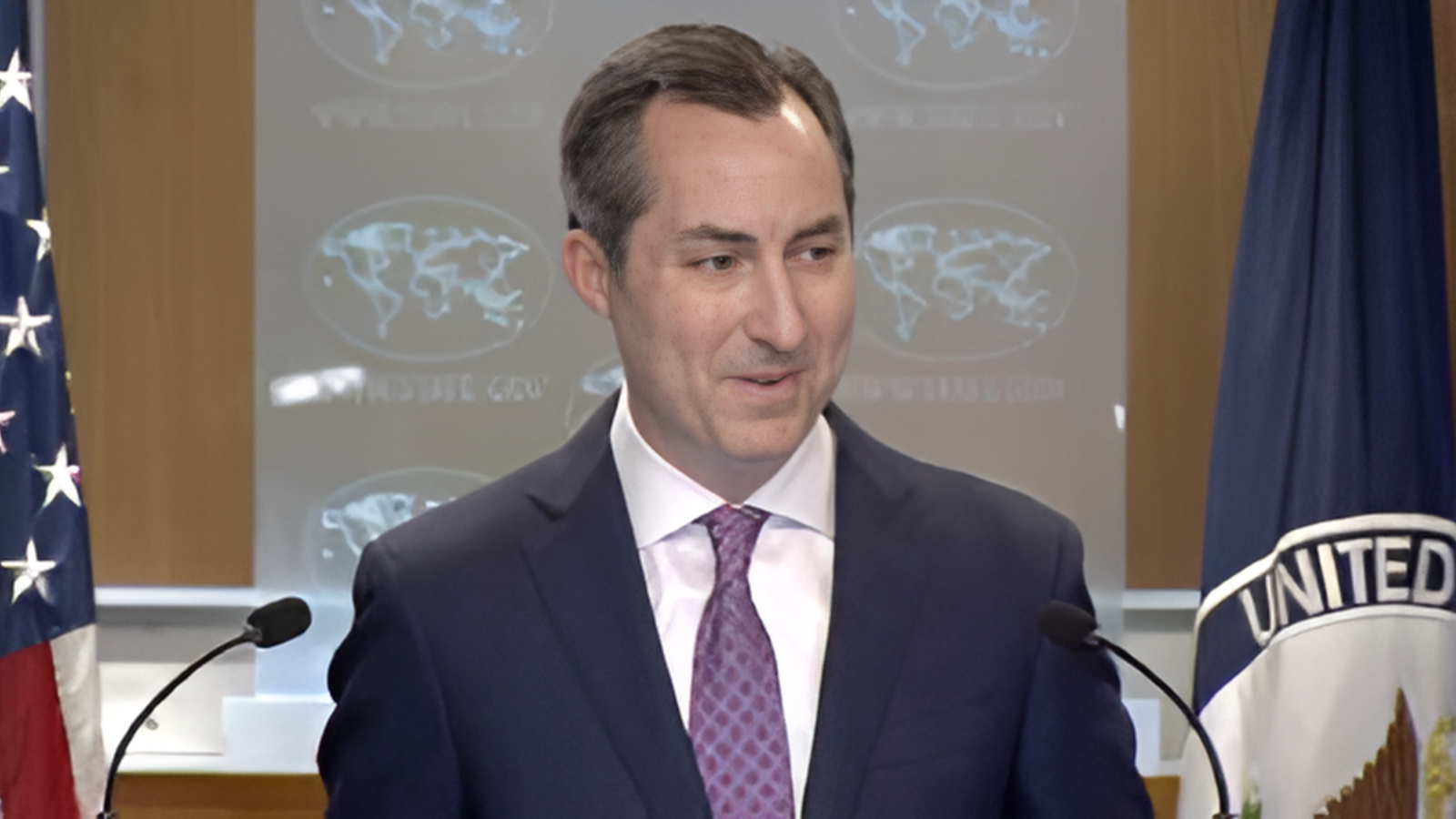




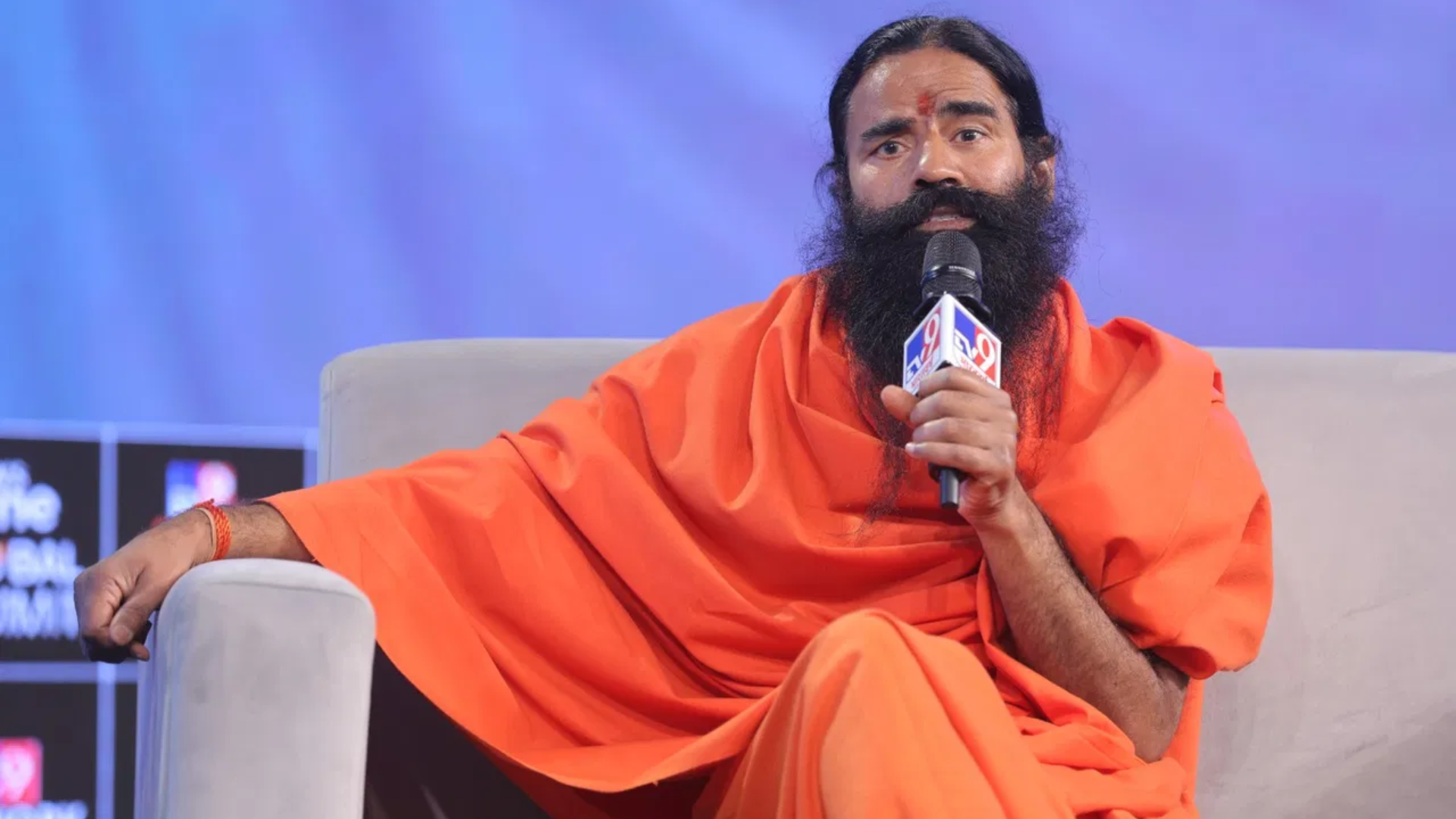
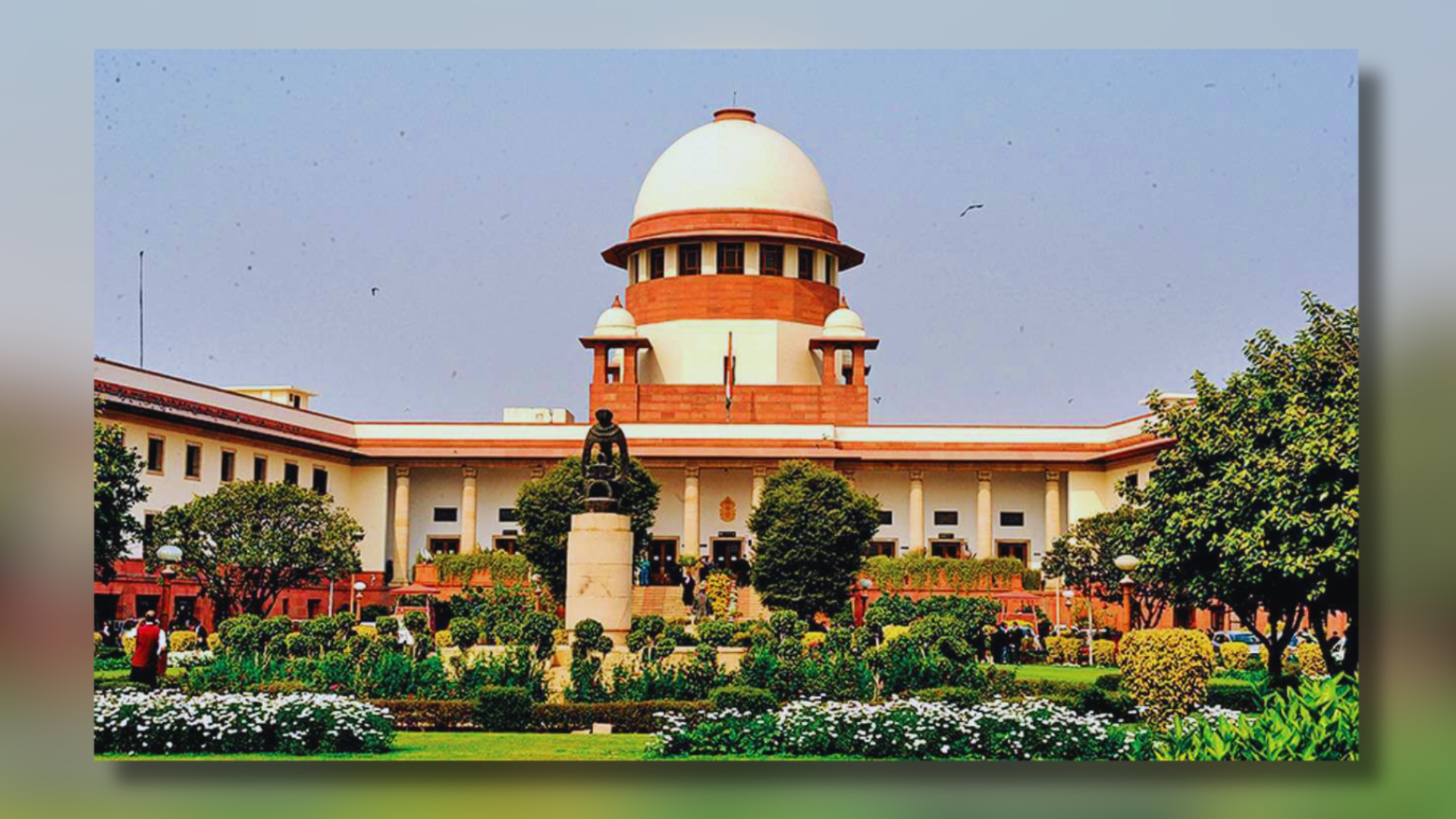

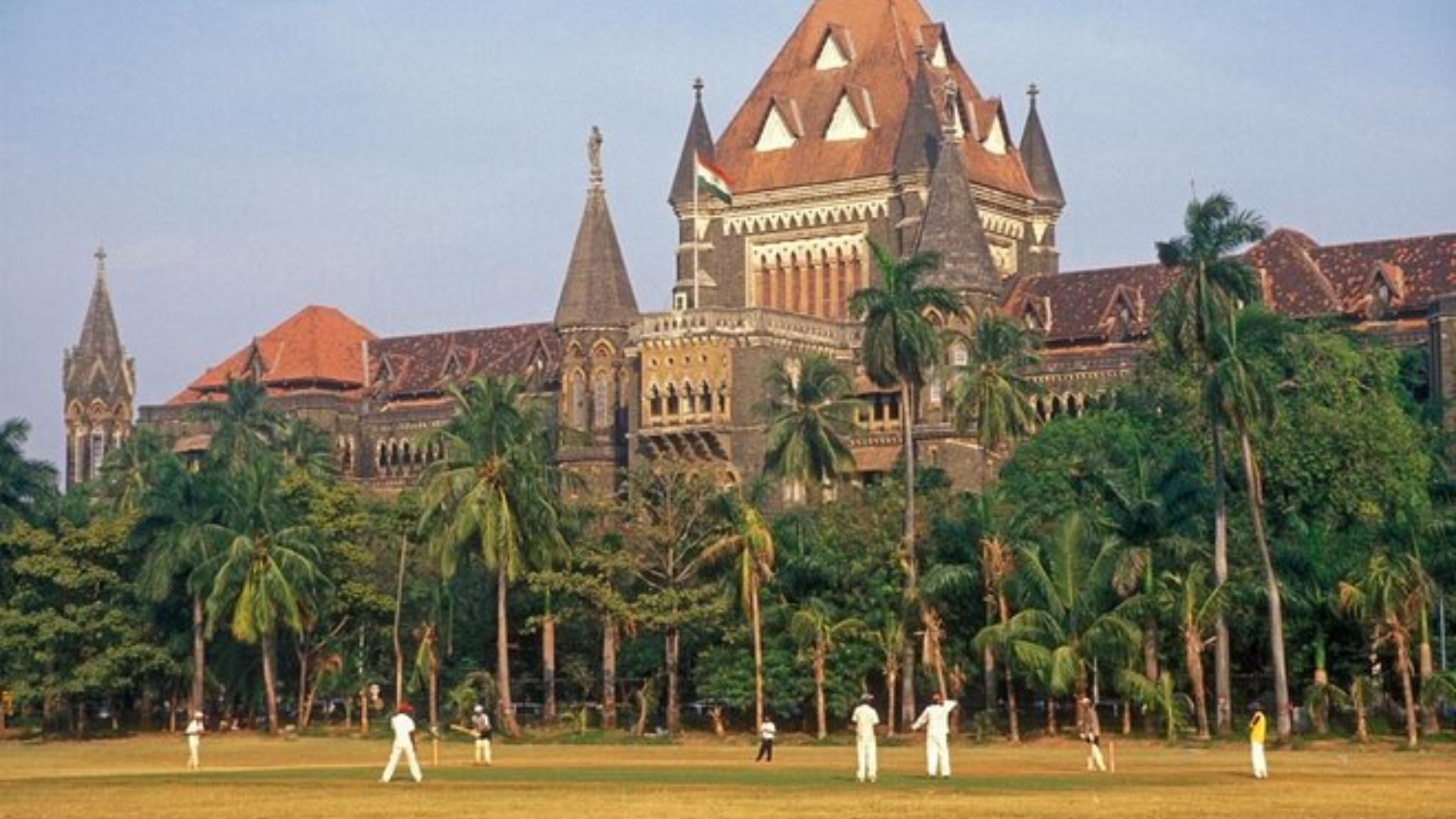

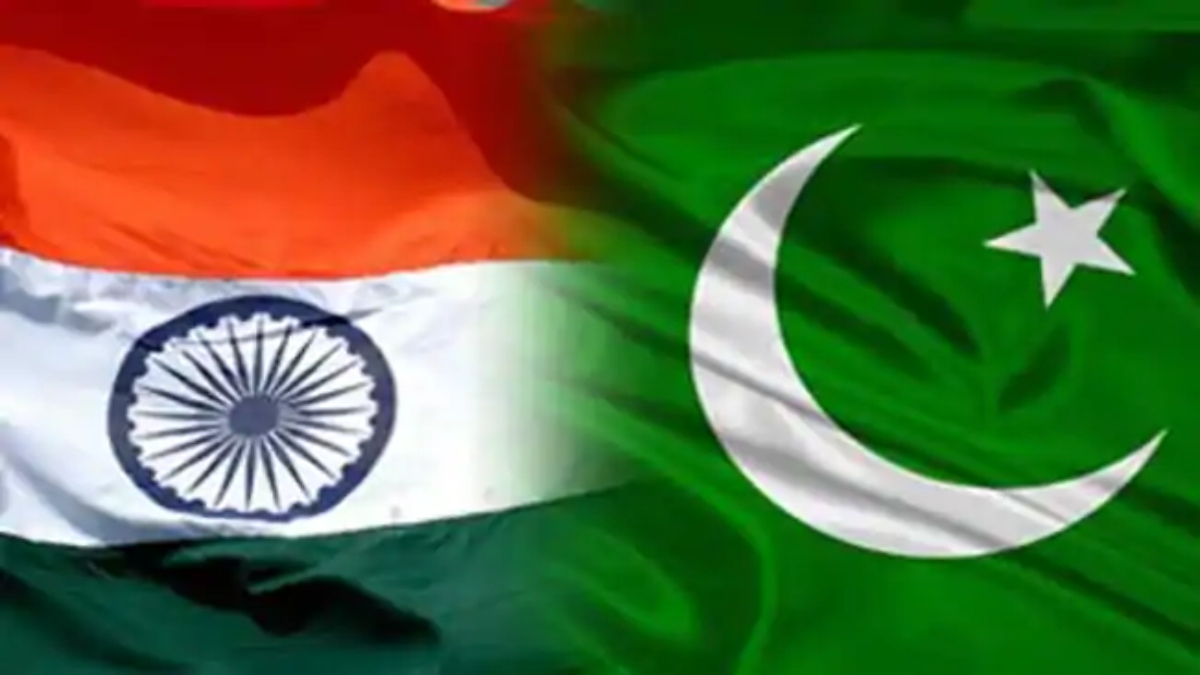
The British imperial authority granted independence to its Indian colony after World War II, and the British Parliament adopted the Indian Independence Act, 1947 to that aim. On 14 August 1947, the British Crown surrendered its sovereign rights over India via the Act, and those powers were passed to the newly constituted dominions of India and Pakistan. Following Independence, it took India around 3 years to form a constitution. On January 26, 1950, India became a republic, thereby ending British sovereignty. However, being two countries which were born at the same time, Pakistan’s first constitution was not completed until 1956.
After all these decades, India has grown into a large, strong, increasingly affluent, and free country. While Pakistan is a bankrupt and failing terrorist state. Let us examine how Pakistan’s national experience differs from India’s in crucial elements of administration and law today, as we celebrate the birth of our republic.
When India gained independence in 1947, the constituent parliament was created. It worked for two years, finishing the constitution in late 1949 and having it accepted in early 1950 by India. It has stayed mostly same since then, however there have been a few changes. The Constituent Assembly of Pakistan was established immediately after independence, although the first constitution was not finalised until 1956. In 1958, military control was installed, and the constitution was repealed. In 1962, Ayub Khan established a constitution, which Yahya Khan repealed in 1969. Finally, under Bhutto’s presidency, a new constitution was enacted in 1974, which has been in force ever since, although being revised multiple times.
While the Islamic Republic of Pakistan’s constitution opens with an invocation of “Almighty Allah” and acknowledges the “Founder of Pakistan, Quaid-i-Azam Mohammad Ali Jinnah,” India’s Constituent Assembly rejected any reference to God or to Mahatma Gandhi, the Father of the Nation. Pakistan’s constitution guarantees “sufficient provision” to safeguard the legitimate rights of minorities and backward and depressed sections. The preamble to India’s constitution is more concise. It includes, but does not expressly address, minorities’ rights and judicial independence.
Another difference is that in India, Election Commissioners are appointed by the government and are usually IAS personnel, while in Pakistan, the procedure is not so simple. A serving or former Supreme Court or High Court judge, or someone competent to be nominated as a SC judge, must be the Chief Election Commissioner. The Prime Minister, in collaboration with the Leader of the Opposition, submits three candidates to a 12-member parliamentary committee comprised of equal numbers of government and opposition members. The Election Commission also includes four more members, each of whom is a judge from one of Punjab’s, Sindh’s, Balochistan’s, or Khyber Pakhtunkhwa’s four provincial High Courts.
Moreover, the Prime Minister and province Chief Ministers are elected by the newly formed house, unlike in India, the President and Governors play no role even if no party has a clear majority. As the PM/CM is chosen by the new house, there is no provision in the Pakistani constitution for a confidence vote. In contrast to India, where it must be carried by a simple majority of those present and voting, a resolution of no-confidence can be moved by 20% of representatives and will succeed if passed by a majority of the entire membership of the House.





